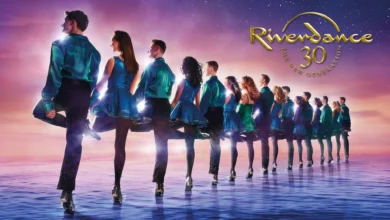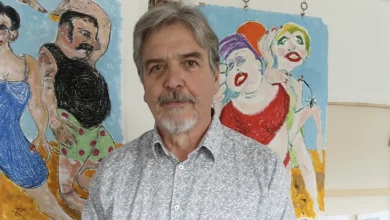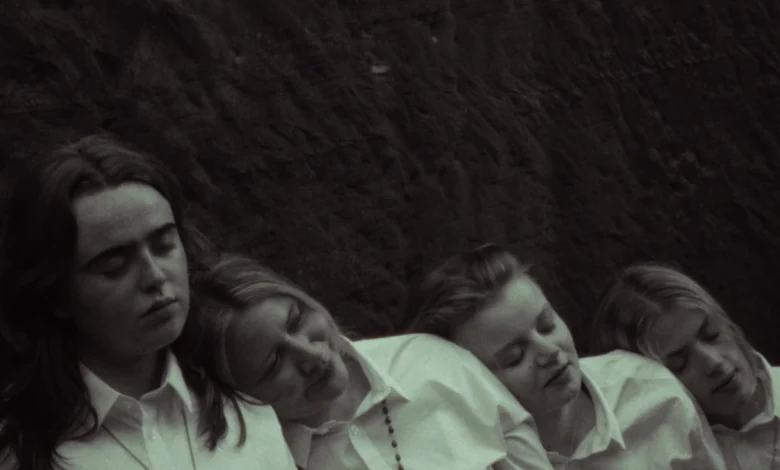
Preview: Picnic At Hanging Rock Comes To The Hope Street Theatre This August
Beyond the Mystery: DizzyLovesLizzy Connects ‘Picnic at Hanging Rock’ to Empire’s Shadow…
DizzyLovesLizzy, a young Liverpool-based theatre company, is set to bring Tom Wright’s adaptation of Picnic at Hanging Rock to the city, and it promises to be a thought- provoking experience. Adapted from Joan Lindsay’s 1967 novel, this production isn’t just a re-telling; it’s a re-examination of a story deeply embedded in Australian folklore, exploring themes of fear, dread, and girlhood in the vast Australian Outback.
The original novel, famously marketed as a true story, has long fascinated audiences with its ambiguous ending, leaving readers to ponder the fate of the missing schoolgirls. Now, nearly 60 years later, DizzyLovesLizzy aims to connect this enigmatic tale to a broader historical context. As producer Grace Lister-Akerman notes, they are “duty bound to acknowledge the connection to Australia’s colonial past.” This independent adaptation seeks to reframe the narrative, drawing intricate links to history, particularly given Liverpool’s own complex ties to the British Empire.
The company itself, founded in 2024 by young creatives, focuses on high-quality, low- budget productions, fostering a close-knit team approach. Director Beth Frances, with her background from LTS and Guildford School of Acting, leads a talented cast, Juliette Collins, Hosanna Starkey, Lucy Hickman-Germon, Holly Lawless, and Lucie Rose. These five performers will fluidly blend between characters, settings, and eras, a dynamic choice that, as cast member Hosanna Starkey explains, helps recontextualise the classic story: “It’s about this British arrogance to come into a land that they don’t understand…and from there it’s about how nature bites back.”

This production, therefore, looks set to offer a fresh and timely perspective on a familiar, yet enduringly mysterious, tale. Steve Kinrade chatted to DizzyLovesLizzy to find out more about the creative manifesto behind this new young company, as well as the challenges of staging Picnic at Hanging Rock…
What inspired the unique name DizzyLovesLizzy, and does it hold any particular significance to your company’s mission or artistic style?
DLL: The name itself does not bear much connection to our artistic attitudes. We chose it because the Beatles’ cover of Dizzy Miss Lizzy holds a lot of emotional significance for us, so last year when brainstorming names we just decided to play with those words a little. But I guess you can say that DizzyLovesLizzy represents our journey both as a couple and as creative partners.
As a young theatre company, what do you see as your biggest strengths and unique selling points that set you apart from more established groups?
DLL: We found over the last year of operation that the main strength of our production methods is the ability to create very closely knit teams who are both dedicated and heavily involved in the creative process. Working very light on the ground means there is little risk to working with other young creatives, and putting the responsibility of projects entirely on our own backs. We believe this approach will help develop both ourselves and others as artists over the coming years, as the increased responsibility on small projects, as opposed to minimal responsibility on larger projects, will (hopefully) help develop skills to the point that we can be ready to take on higher-level roles.
Looking ahead, what are your aspirations for DizzyLovesLizzy over the next 3-5 years? Are there specific types of productions, collaborations, or community engagements you hope to pursue?
DLL: Over the next few years with DizzyLovesLizzy we really want to be able to continue making things at the same pace and grow the scale at which we can operate production. We love working with other artists, and over time we hope we can bring not only our artistic visions to life but also others. We would like to use the many experiences of people in the north to keep producing intriguing, exciting and bold work. There are so many artists with the capacity to produce bright, drama-bending work that breaks out of typical expectations and explores subjects, genres and forms that are less often explored. We are especially excited by any work that takes an unconventional approach in its presentation.
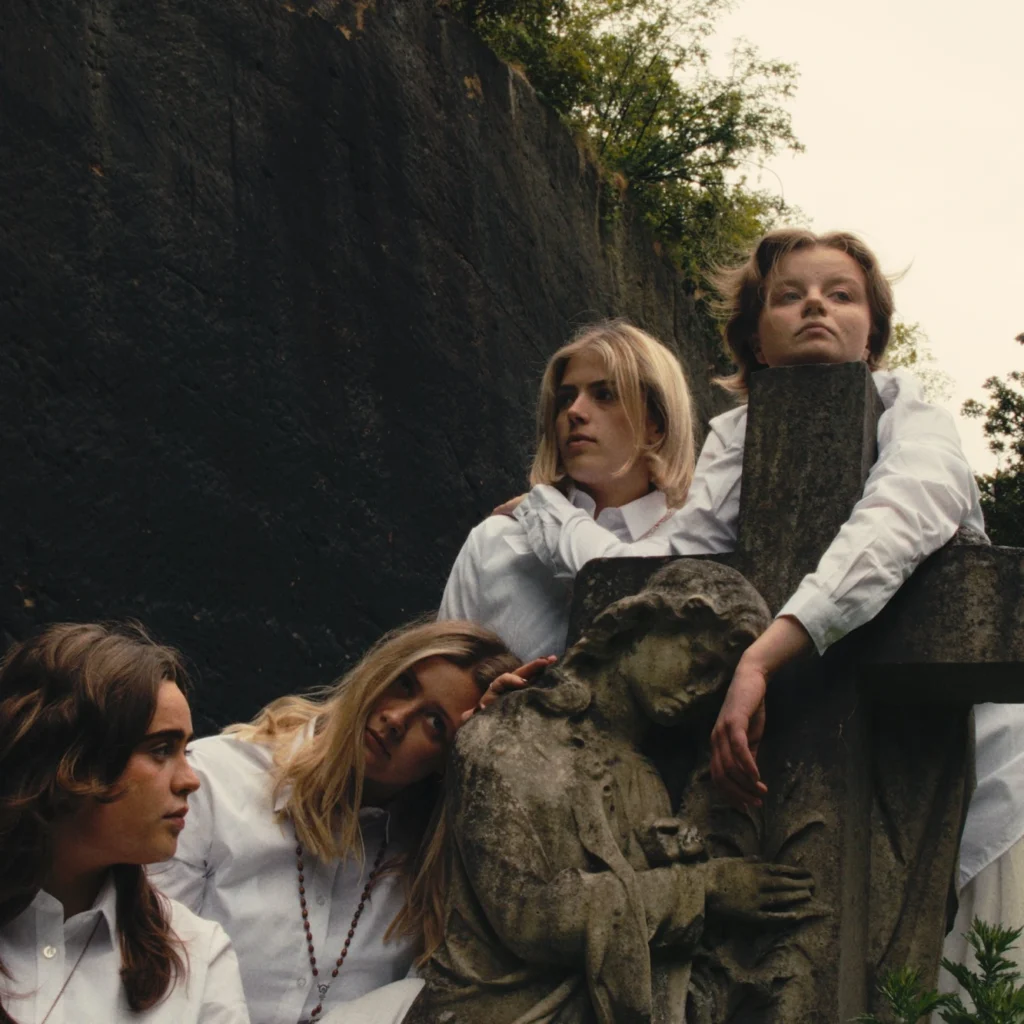
What drew you to Picnic at Hanging Rock as a theatrical project, and how do you interpret its enduring appeal?
DLL: We were initially drawn to the play’s focus on girlhood, which as a narrative focal point is always compelling. Diving further into the text however, and in particular Tom Wright’s adaptation, we felt the elements that dealt with not only the experiences of women but also the prevailing effects of colonialism, humankind’s relationship with nature, and the conforms of society vs our primal nature – made this all a fantastic project to tackle. We were also confident that the cast could really sink our teeth into it!
The 2016 staged adaptation uses a small cast to play multiple roles, often across gender lines. Have you retained that approach, and what creative or thematic opportunities does it open up for you?
DLL: Our approach also involves using a small cast to play multiple roles, with every performer taking on a multitude of characters. Aside from the practical benefits, this opened up several avenues for thematic exploration. Primarily, our approach to the production as a whole has been interpreting our five performers as a singular entity. The prevalence of this approach ebbs and flows throughout the play, though the idea that they should intertwine and melt into each other as though they themselves are the magma beneath Australia is always in the back of our minds. The characters that we see onstage are ghosts of the past, memories of memories, much like any other story so firmly embedded in the culture. Our performers become vessels for the independent, living story to be projected out of.
The physical presence of Hanging Rock itself is paramount in the novel. Given that Wright’s adaptation often avoids literal representation, how will you use for example sound design, lighting, and actor movement to evoke the imposing, almost sentient quality of the Rock as described in the book?
DLL: Our rock exists entirely within light and sound. We decided early on that any clear depiction of the rock in full would only serve to weaken the power of its presence. As such, we commit to obscuring and obfuscating it at every opportunity. In Peter Weir’s adaptation, a low droning sound is representative of Hanging Rock – we’ve taken our own spin on that type of approach.
The girls are always melting, changing, becoming ghosts of long-dead characters and essentially losing their personhood to the power of the mystery. The only character with any consistency, and the only thing to physically bridge the gap between these two timelines, is the rock itself.
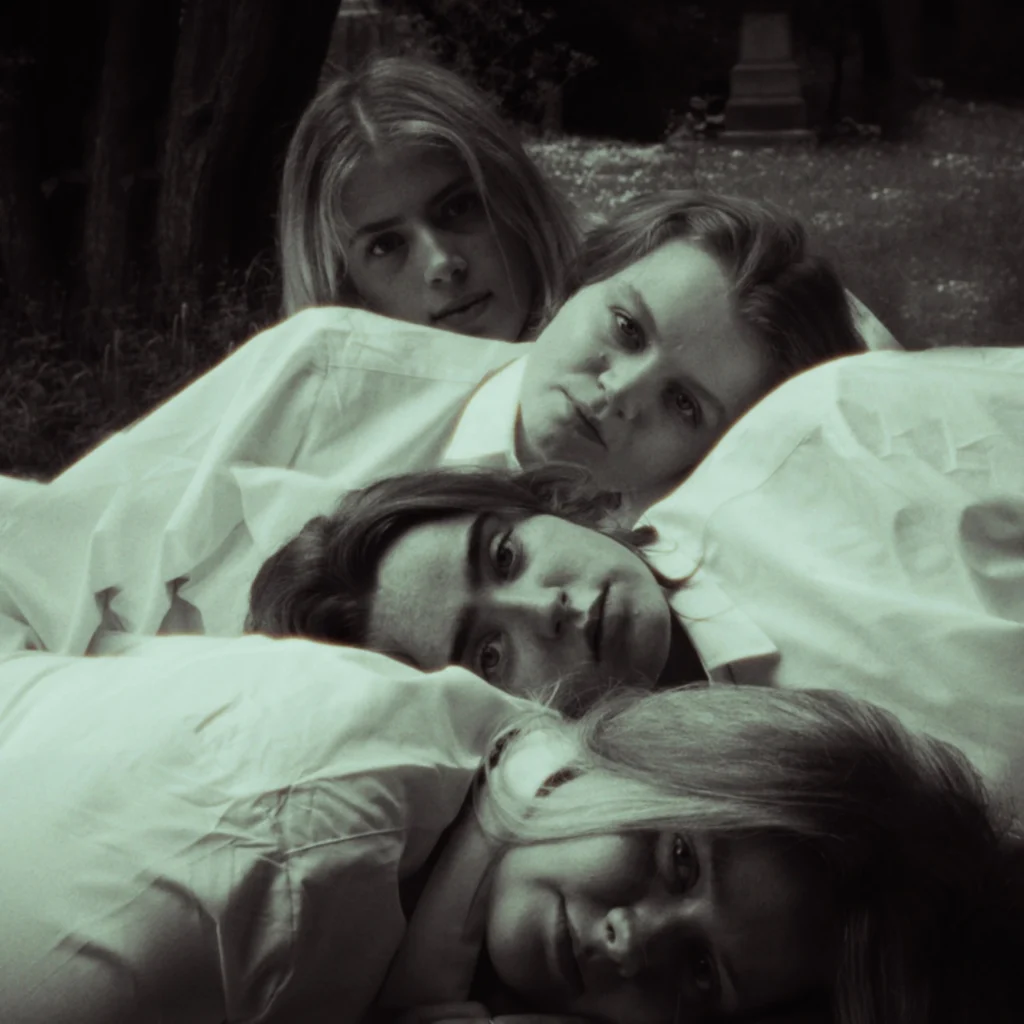
Considering the novel’s commentary on the clash between European “civilization” and the ancient Australian landscape, and Wright’s emphasis on themes of colonialism and disrupted sacred land, how did you manage to ensure these complex ideas resonate with a contemporary audience through the direction and the performance?
DLL: We did a lot of research on the historic significance of the play, British colonialism in Australia and the Aboriginal people’s relationship with the land. Before we did anything else, we felt the first step in tackling a subject as large as this was to do our best to understand it and ensure everyone was on the same page.
On our very first rehearsal, we had prepared a booklet for every performer that detailed a brief history of Australia from 1850 through to the early 1900s, as well as compiling sources for their further reading and different critical understandings of Joan Lindsay’s original novel.
From there, we always made sure to look at anything from that perspective – actively or not, almost every character is in some sense an agent of the growing British Empire. As such, we wanted to maintain that general ambience of cruelty and arrogance. Mrs Appleyard at one point says We gave things names that already had names, which is a line we returned to when we need reminding of that state of mind. All of this and all of these people are disrupting and reshaping sacred indigenous land, no matter the content of their character.
The ending of Wright’s play ,like the novel, is open-ended. How did you ensure that the production’s conclusion feels impactful and thought-provoking, rather than simply inconclusive, particularly for an audience accustomed to theatrical resolutions?
DLL: The open-ended nature of the plot forces us to find emotional conclusions to the play. Miss Appleyard is (to us) the emotional anchor of the spiral; she’s the cruel face of conformity and society in British colonies. Therefore, the gradual unravelling from her position of strength and confidence into a state of utter horror and disillusionment is the arc we think the audience should also be experiencing. We think the place in which Appleyard is left is a conclusion in itself, even without answers to the core mystery…
DizzyLovesLizzy presents Picnic At Hanging Rock
9-10 August 2025
The Hope Street Theatre
Tickets
Steve Kinrade




